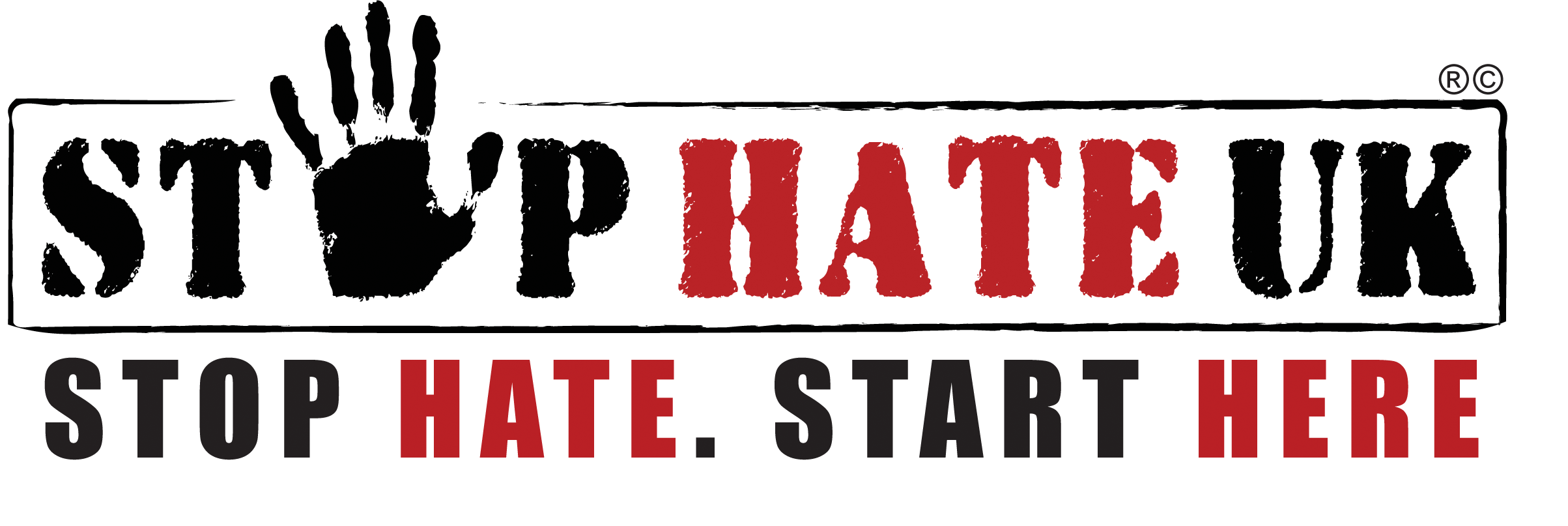Misinformation and ‘Fake News’
News can help shape our views, opinions, and attitudes, so it is important to be able to trust what you read, and to make your own judgements about events and stories covered in the media.
Misinformation, sometimes known as ‘fake news’, occurs when someone creates a false story or account of an event, about a person or social group.
With more people using social media as a source of news misinformation has become a growing problem in recent years, especially in the online space. While it is good to be exposed to a variety of news sources and opinions, the algorithms used by social media platforms show users content that is similar to their previously viewed content. This can mean that by being exposed to one or two pieces of misinformation, provokes suggestions for more inaccurate or untrustworthy content. This becomes a problem when people start to trust and support unreliable media sources, which influence their worldview.
What is Misinformation and Disinformation?
Sometimes misinformation is not created with the intention to cause harm, it may be inaccurate or misleading, and this may be a mistake. However, these stories can still influence the opinions of their readers.
When misinformation is created with the intent to cause harm or to stir up hatred against a person or group, this is called disinformation. Disinformation aims to create a false perception of a person or group, sometimes to support a hateful ideology or conspiracy theory. A piece of news might be disinformation if:
- It makes a false connection between an individual or group, and a social issue.
- It manipulates pre-existing content to support a false story e.g. using a picture from one event and claiming it is from another, unrelated, event.
- ‘Imposter content’ when another site may try to impersonate a reliable source
- When information is falsified or fabricated about a person or group
- When a pre-existing story is framed in a misleading way to place blame on a certain person or group.
- When content is focussed solely on ‘negative’ content about groups or individuals, without any acknowledgment of ‘positive stories’, in order to create a distorted perspective that ‘demonises’ the group targeted.
Misinformation and disinformation can have harmful consequences. The person or group who is being lied about may feel alone, helpless, targeted, and worried that people will believe the misinformation is true. Disinformation is often used to create hatred or stir up hateful responses from people that see it and is hoped that they will believe the story as true and tell other people about it. An example of this is:

This post featured a video that has been shared lots of times and has often been used to stir up hatred towards Muslim communities. Often the image states that the people pictured are celebrating a recent terrorist attack. However, this image is in fact a picture of a group of people celebrating Pakistan winning the 2009 ICC World Twenty20 Cricket tournament.
When checking the reliability of information online, ask yourself the following:
- Are there signs of Photoshopping/altering of the original image?
- Can find any other information to support the information you are being told? Does the writer give sources for the information, and are there ‘facts’ that you can check independently?
- Consider if the information has come from a reliable source. Can you trust them? Is this source known for producing trustworthy content? This can’t always be assumed, even when the source is relatively ‘mainstream’ as many mainstream sources such as tabloid newspapers are known for exaggerating or falsifying stories, then issuing ‘corrections’ later when there is less attention on the story.
- Is the information recent or is an old story being dragged up to support a narrative that there is a certain problem happening now?
- Is the headline accurate? Sometimes misinformation has sensationalist or misleading headlines which don’t relate to or support the information in the article. This type of misinformation can be harmful and effective as many people will read the headline and form an opinion on that without reading the article.
- Is the article written using emotive language? This is usually a sign that the source is biased in some way, and is aiming to elicit an emotional response from the reader, to influence their views.
- What do other sources say about the same story? Checking multiple sources is a great way to get a more rounded picture and to see something from different perspectives, to inform your own opinion.
- Is a user/account online sharing stories selectively to give the impression that a problem is bigger than it is, or is caused solely by one specific group. E.g. do they share news stories about crimes, but only when they are committed by people of a certain religion or ethnicity?

You may like to create your own poster of information to remind you of how to spot misinformation. Why is it dangerous? What could you do if you see it?
Check your facts!
Fact-checking sites are useful for finding out how trustworthy information is www.fullfact.org is a UK-based, independent, and trusted site for fact-checking. Google also offer a ‘reverse image search’ where you can upload an image and find out how it has been used before on the web and elsewhere.
What can you do if you see misinformation?
Call it out! Correcting misinformation can be helpful in stopping it from spreading further and being believed by others. You could do this by:
- Finding a source that proves the information is fake and sharing this in the comments of the people sharing the misinformation.
- Encouraging others who are sharing or commenting on the misinformation to question the reliability of the source.
- Sharing a link to another more reliable source, on a misinformation post, to provide people viewing it with a more diverse range of perspectives on the story.



